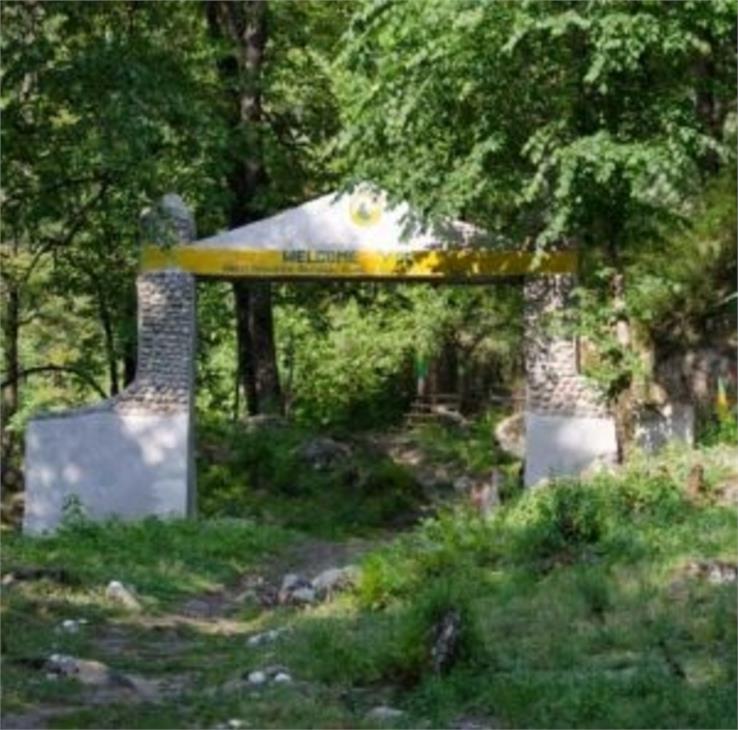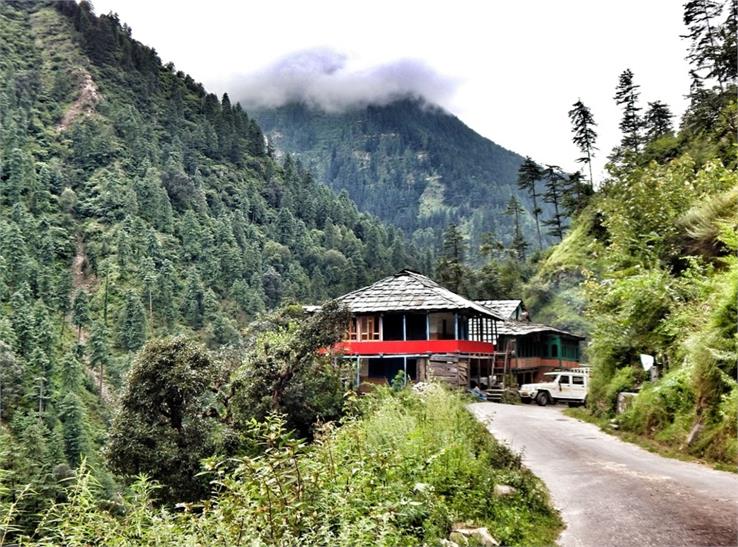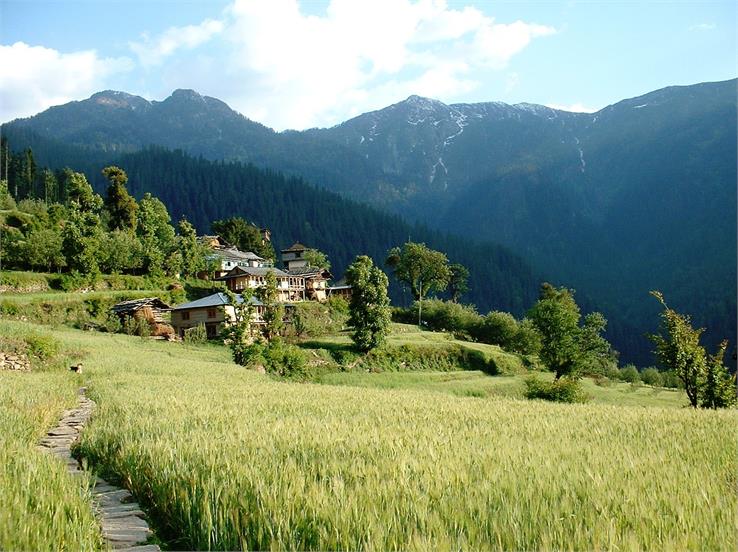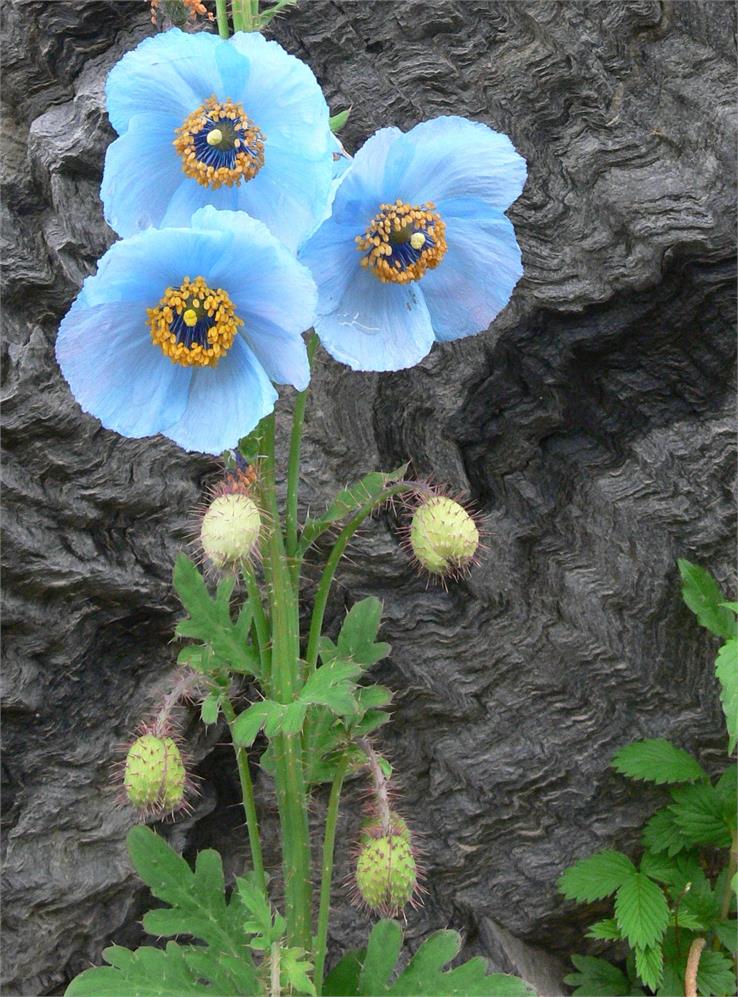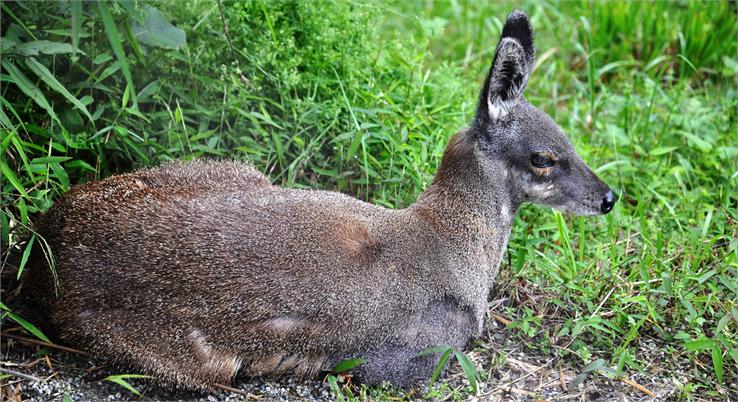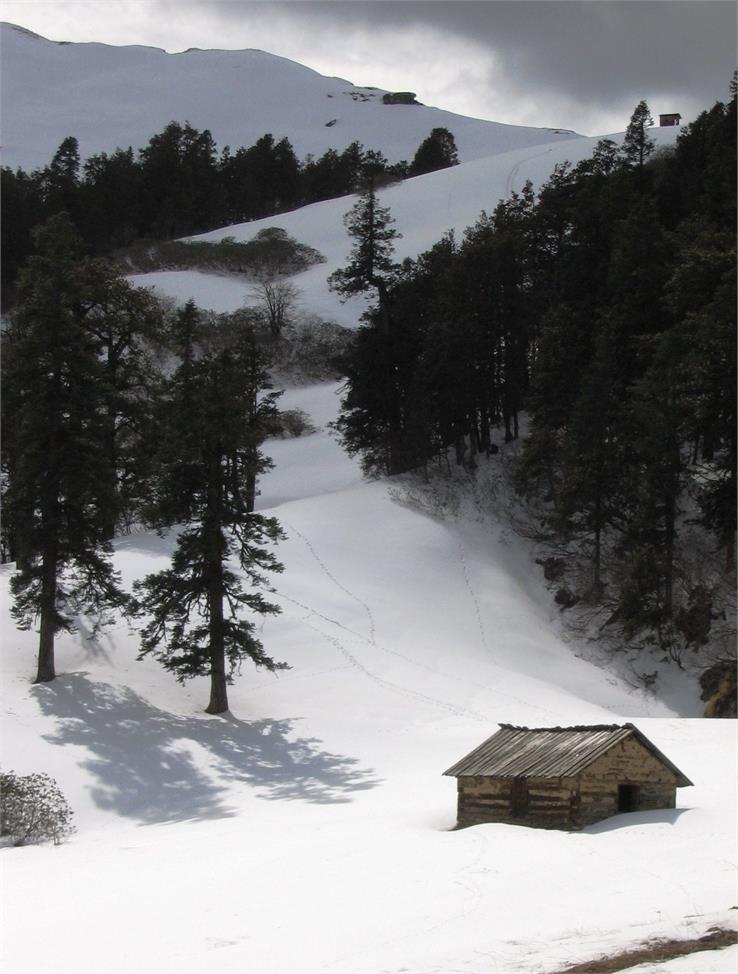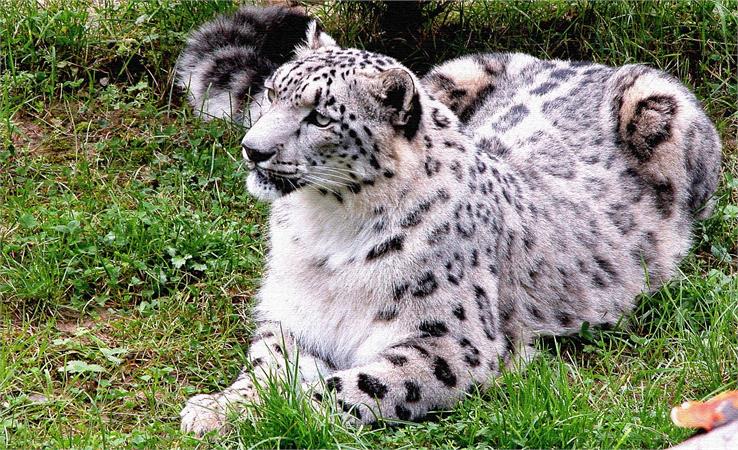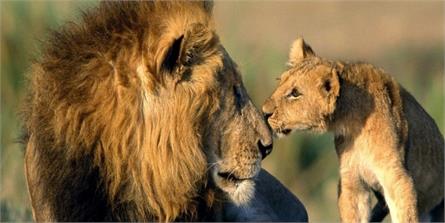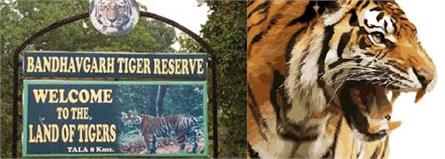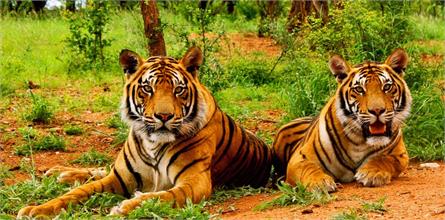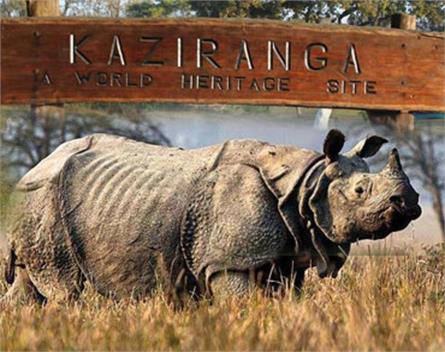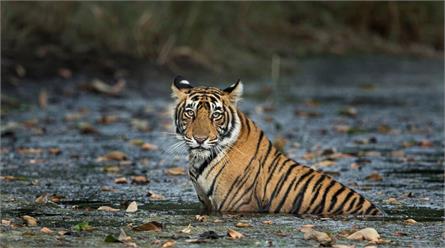Great Himalayan National Park
Heading towards Northern India, the state of Himachal Pradesh is endowed with clear and serene rivers, lofty mountains, scenic landscapes, and whatnot. More so, if you want to witness the true glory of nature and wildlife, then travel to Great Himalayan National Park (GHNP). Situated in the Kullu region, the park is expanded over an area of 1,171 sq. km at an altitude of between 1500 and 6000 m. The park was established in 1984 and formally notified as to the title of ‘National Park’ in 1999.
The park and its ecozone intersect with some of the major ecological areas and faunal regions like:
- The Himalayas
- The dry deserts of interior Asia.
- The catchment areas of the Beas and Sutlej rivers (both major tributaries of the Indus)
- The well-watered lowlands of the Indian plains
- Tibetan high plateau
- The Indomalayan and Palearctic realm

The park became part of the Indian national park system within the total span of 20 years. An inspection was started around the different districts during 1980 and continued till 1983. In 1987, the First Management Plan of the park was introduced and later, settlement proceedings undertook with the rights of local communities. The reassessment of the Himachal Wildlife Project and existing management plan was executed in 1992. Afterward, the Government of HP revised the Notification of intention to incorporate the Sainj Wildlife Sanctuary and the upper Parvati watershed during 1994. The Conservation of Biodiversity (CoB) Project accomplished on 31st December 1999 and GHNP became the newest national park of India. GHNP got listed in the UNESCO list of World Heritage Sites in 2014 and further gained the status of “outstanding significance for biodiversity conservation.”
Some interesting facts about the Great Himalayan National Park
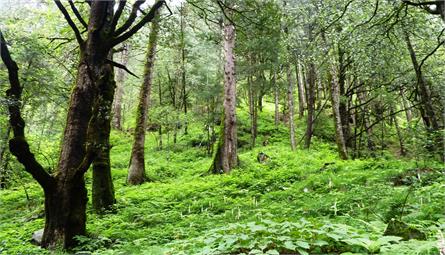
- GHNP is home to 10% of the world’s known plant species.
- The upper part of GHNP’s forest zone retains the world’s largest known population of the western tragopan.
- 34 of the 47 medicinal plants which lie in the threatened category are found in GHNP.
- The rocks of the Great Himalayan range were disposed of 19 to 21 million years ago at their current locations.
Biodiversity

GHNP boasts diverse species of fauna, including 31 mammals, 209 birds, nine amphibians, 12 reptiles, 17 mollusks, 11 annelids, and 125 insects belonging to six orders. Hunting, poaching, and animal teasing are prohibited inside the premises. The sightings of snow leopard, Himalayan brown bear, blue sheep, and Himalayan tahr can be caught, especially in the months of September to November. Endangered species like musk deer, the western horned tragopan, etc. are also found in the park.

The park protects around 50% of India’s endemic flora with 832 plant species, including many medicinal herbs. It presents an unlimited variety of vegetation like horse chestnuts of the lower valleys, lofty pines and spruces, prostrate branches of the alpine herbs and junipers, evergreen oaks, cedar, etc. Mixed conifer forest, conifer forest, fir Forest, mixed coniferous forest, brown oak forest, birch trees are spread across the park. Other species of flowering plants, mosses, and worts add beauty to the rich flora of the park.
How to reach here?
Located in the Kullu Valley region, the Great Himalayan National Park is easily accessible through airways, railways, and roadways routes. Although the best way to reach here is through roads as the roads in the Himalayas allow visitors to enjoy alluring landscapes. The nearest town to the Great Himalayan is Shamshi (near Kullu) which is also the headquarters of the national park.
1. By Air: The nearest airport to the GHNP is Kullu Manali Airport in Bhuntar, which is just 3 km away. Air India is the only airline that provides direct flights on this network except for Tuesdays. Bhuntar airport is well linked by road to Great Himalayan National Park.
2. By Train: Chandigarh Junction is the major railway station located at a distance of around 265 km from GHNP. You can hire a taxi or cab or even private/public buses are available from the station. Another option is to reach Pathankot Junction and take the toy train to Joginder Nagar in District Mandi. GHNP is situated approximately 115 km away from Joginder Nagar railway station, which can be easily reached through taxis or buses.
3. By Road: Great Himalayan National Park is well-maintained and well-connected with major cities through the road network. The state government of Himachal Pradesh runs direct buses and at regular intervals from cities like Delhi, Chandigarh, Shimla, Manali, Dharamshala, etc. Private buses and cabs are also easily available from all the major cities.
The distance of GHNP from the major cities-
Delhi - approx. 490 Km
Chandigarh - approx. 257 km
Shimla - approx. 200 Km
Manali - approx. 49 Km
Dharamshala - approx. 187 Km
Places to see around
The Great Himalayan National Park covers an area of watersheds of Jiwa, Sainj and Tirthan rivers including several valleys which are worth visiting.
1. The Sainj Valley
Sainj Valley is a hidden gem in the Kullu Valley, which is around 38 km from the GHNP. From hiking to great scenic spots, this valley is synonymous with the true abode of heaven. It is an offbeat destination in Himachal Pradesh that is untouched by modern-day travelers.
2. The Tirthan Valley
One of the breathtaking places in Himachal, Tirthan Valley again serves as an alluring spot with so many adventurous activities and fun. Enjoy camping, trekking on nature trails, angling in Tirthan River, outdoor sports, born-fire, etc. during your stay at this spot. It is located at a distance of 50 km from the National Park.
3. Banjar Valley
Banjar Valley offers various sightseeing spots like Shringa Rishi temple, Chaihani Fort, Serolsar Lake, Lambhari Top, Sakiran Top, Gada Gushaini, etc. The valley is as beautiful as dreamland with breathtaking views of the mountains all around.
4. Jalori Pass
Situated in the district of Kullu, it is one of the adventurous spots in the Himachal Pradesh. It is a high mountain pass at an elevation of 10,800 feet above the sea level with very narrow and steep roads and gives a very thrilling experience to its visitors.
Further, the Great Himalayan National Park is surrounded by a collection of top hill stations where the beauty of nature lies. So, if you are on an extended trip, choose any of the tourist spots and take great scenic pleasure to satisfy your soul.
Now, it’s time to explore!
These are the following activities which you can enjoy and experience the park at its best:
- Trekking to different valleys
- Birdwatching
- Camping
- Trout fishing
- Rock climbing
- Local fair
Best time to visit the Great Himalayan National Park
The park is open for most of the year and experiences a total of four seasons, spring, rainy/summer, autumn, and winter. Precipitation is the most during monsoon (June-September) and moderate over most of the year.
Spring: The spring falls from April to June and brings life to the flora, which enriches the beauty of the GHNP. The months of spring are the best times to visit the GHNP as the temperature is moderate perfect for trekking. You can spot a lot of wildlife in the lower forest during this time.
Rainy/Summer: The season starts just after the end of the spring season in the month of July and continues till September. It is a time when there is no snow remains in the mountains except the highest peaks. This is not a preferable time to visit, as there are more chances of landslides.

Autumn: Perhaps the best time to visit the park. Pleasant temperatures, lush and green forests, stunning colors of autumn provide the perfect combination to explore nature at best. You can do all the proposed treks during these two months of October and November.
Winter: The months of December to March receive the coldest temperatures of the year with the lowest at around -10°C. Snowfalls are likely to occur, which may block the trekking trails.
Carry-on travel essentials
- Clothes according to season
- Good trekking boots/shoes
- A warm hat, scarf, and gloves
- Insulated vest or jacket
- Thermal undergarments
- Water bottle
- Water filter or water purification tablets
- Multi-blade penknife
- Adjustable walking stick
- Torch
- Chocolates/nutrition bars
- Sleeping bag
- Sunglasses
Where to stay?
GHNP provides Dormitories at Sai Ropa Tourist Centre, and Forest Rest Houses are one of the suitable options to stay. There is a lack of hotels and resorts as the areas around the park are not so commercialized.
So, are you excited to get into an enthralling expedition and experience the best of nature? Plan it soon; it’s worthy!


